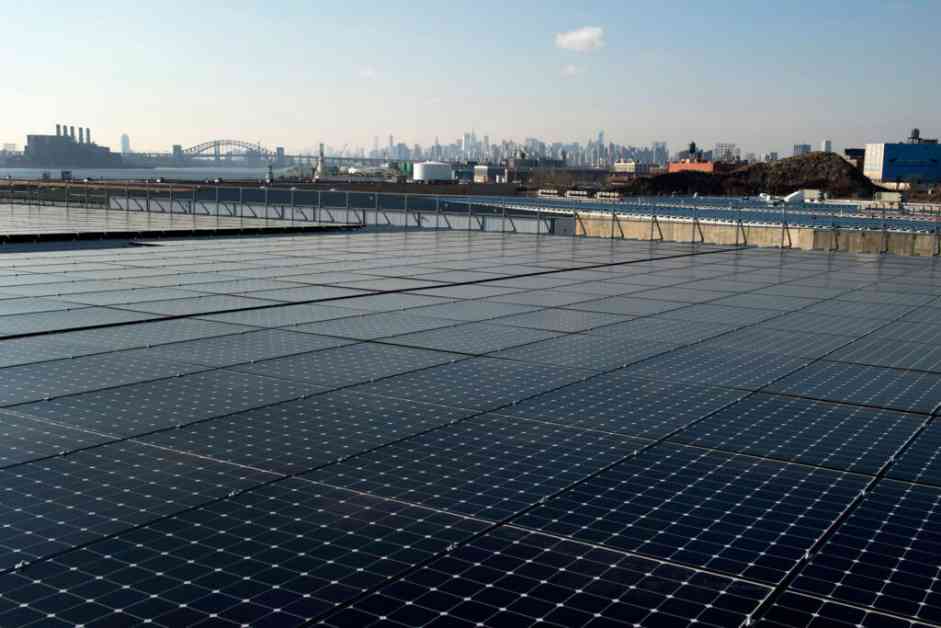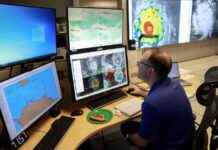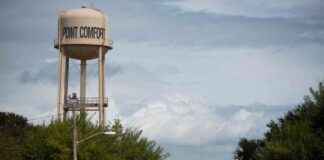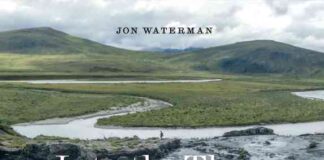In the lead up to the New York Power Authority’s vote on its draft Renewables Strategic Plan this month, environmental justice communities and clean power advocates in New York City are voicing concerns over the state’s renewable energy future. The call for more generating capacity for renewable energy projects over a shorter time frame has gained traction, with a particular focus on reducing reliance on polluting natural gas facilities within the city.
Critics of the draft plan argue that it risks delaying New York’s goal of achieving 70 percent renewable energy by 2030. The plan itself acknowledges that this target may only be reached by 2033 at the earliest, with plans to generate approximately 3.5 gigawatts of additional renewable energy capacity. However, environmental justice advocates, along with assembly members and state senators, are pushing for an increase in generating capacity from renewables to 15 gigawatts to meet the state’s Climate Act target of net zero emissions for the electric grid by 2040.
Since the release of the draft plan, the New York Power Authority has received over 5,000 comments, with many endorsing the 15 gigawatt target. The overwhelming support for this initiative was evident during hearings held by the power authority in November, where demands for a comprehensive build-out to 15 gigawatts were fervent. Michael Paulson, co-chair of the Public Power Coalition, emphasized the urgency behind these calls, stating, “People in New York City are fed up with how this energy system has failed us.”
One of the key concerns raised by environmental justice activists is the lack of renewable energy projects within the city. Out of the 40 proposed projects in the draft plan, only one is designated for New York City, falling short of addressing the city’s unique reliance on fossil fuels compared to other parts of the state. Daniel Chu from the New York City Environmental Justice Alliance highlighted the draft plan’s failure to provide a clear strategy for addressing the city’s peak demand plants, known as “peaker” plants, which are costly and highly polluting.
The complexities of transitioning to renewables in New York are further highlighted by the absence of downstate projects in the draft plan, particularly in the Hudson Valley and New York City areas. The challenges of land cost and limited space have led to the need for extensive transmission lines to move electricity from upstate to downstate, creating grid bottlenecks that hinder the full potential of renewable energy resources in the state.
While the New York Power Authority is continuing to explore new project opportunities, particularly in partnership with city agencies for Distributed Energy Resources, the lack of clarity on financing and project development remains a point of contention. The potential for distributed energy resources, such as rooftop solar and battery storage projects, to complement larger utility-scale projects in the city is being recognized as a viable solution to address the limitations of large-scale projects in densely populated areas.
The pressing issues surrounding New York City’s electric grid, including the forecasted growth in electric load due to factors like electric vehicles and data centers, underscore the importance of a swift and robust renewable energy transition. As the debate continues on the retirement of peaker plants and the expansion of renewable projects, the need for ambitious thinking and concrete action is paramount to achieving New York’s climate goals.
The challenges and opportunities in New York’s renewable energy landscape reflect a broader national conversation on climate action and environmental justice. As advocates, policymakers, and residents navigate the complexities of transitioning to a cleaner energy future, the stakes are high, and the need for collaborative, innovative solutions is more pressing than ever.














